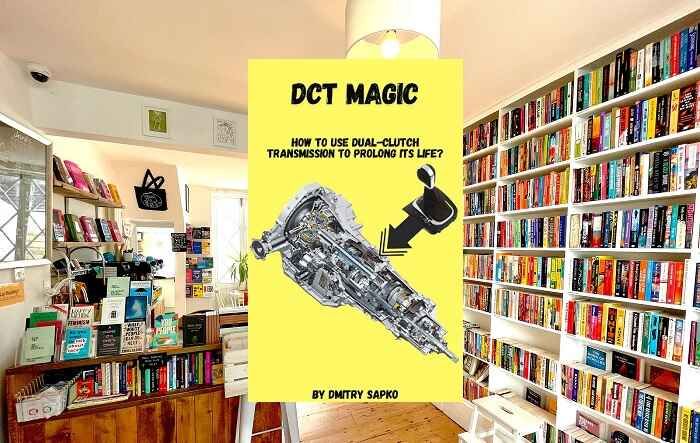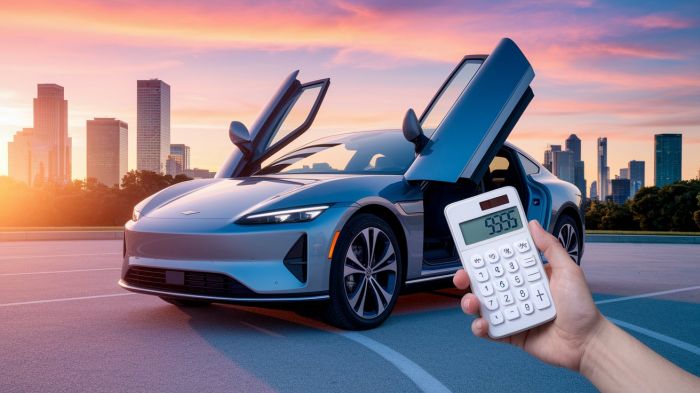In 2020, the world saw the new (sixth) generation of the Ford Explorer with a set of fresh engines and powertrains. I've already told you before about the popular base engine which is the 2.3L EcoBoost unit. Now, it's time to move on and see what a more expensive version of Explorer can offer. The 3.0L V6 Turbo engine seems like a good choice for this SUV.
Today, I will tell you about the 3.0L V6 EcoBoost engine in the new Ford Explorer. Is it reliable and good for this vehicle? And are you going to be happy with it? I will touch on the longevity question and will also compare it to other available powertrains in terms of whether this one is really worth your money.

Key features and my opinion about the engine
- Production years:2017-now
- Average lifespan of 3.0L V6 EcoBoost:200,000-240,000 miles
- Fuel supply type:direct injection
- Power range:350-550 hp
- Fuel efficiency:average
- Engine block material:aluminum
- Engine reliability score:medium
- The most common problems:valvetrain problems, issues with electronics, oil consumption, power loss.
What should you know about the 3.0L EcoBoost engine in the Explorer?
This engine was introduced back in 2016 and gradually replaced the legendary 3.7L Cyclone engine in many models, including the Explorer. Also, the new 3-liter turbo engine is obviously derived from the 2.7L EcoBoost with basically the same engineering and only the longer stroke and the wider bore.
So, the engine belongs to the Nano family and is basically a very trusted and loved in the USA engine that is also sold now in many other countries. It's installed in the Lincoln MKZ, Continental, Aviator, Ford Ranger Raptor, Ford Bronco Raptor, and, of course, in the Explorer. I was astonished to know that in Europe, the Explorer plug-in-hybrid version is sold with this engine under the hood. And in the US, there is no PHEV Explorer at all.
So, here's what you may want to know about the 3.0L V6 Turbo engine in the Explorer:
- the engine offers 3 liters of displacement, it's a V6 unit with a twin-scroll turbocharger;
- the Explorer has the 400-horsepower version of the engine that allows you to use its wonderful toque of 415 lb-ft;
- the engine is equipped with a 10-speed automatic transmission, like any other version of the new Explorer, and the transmission is pretty reliable;
- this EcoBoost engine has direct injection which sounds like bad news because the valves will get that nasty carbon buildup;
- this engine is, of course, all aluminum, and its camshafts are driven by the timing chain that's said to live forever which is not true;
- this engine is going to allow you to go about 18 MPG in the city and 24 MPG on highways, according to EPA.
So far, nothing really bad. Only some expected problems are there like the chain and the direct-injection issues that are common for almost all modern EcoBoost engines. But the engine boasts wonderful power that allows your Explorer to get from 0 to 60 MPH in 5.3 seconds and this is just magic. The Explorer ST doesn't seem like a bad option for those who love speed.
Interestingly, the Explorer with the 3.0L EcoBoost V6 engine seems extremely overpriced - it starts over $50K while the version with a simpler 2.3L EcoBoost you can buy for about $40,000 in the most affordable trim. But we see more and more ST versions because once you test-drive this SUV with the 3-liter engine, you will not want to downgrade.
How long will the 3.0L Turbo engine live in your Explorer
While the average lifespan of this engine is not great because it's a performance-oriented machine, the eventual longevity depends very much on how you drive it and how you maintain the engine.
I suppose that the average lifespan of the 3.0L V6 EcoBoost in the Explorer will be around 180,000 miles. Could be more, of course, but I just know how the majority of owners will drive these cars and how often the gas pedal will hit the floor.
While all other sources will tell you that the engine may last a minimum of 200K miles, I disagree because of potential problems after abusive use. You will need to invest quite a lot in this engine all the time, but after it reaches 180,000 miles, the investments may become a too heavy burden for your budget.
The transmission is going to be there for you for about 120,000 miles but then you will need to repair it. Transmission repair is going to cost you a lot of money, too. But without this, your Explorer will most likely be done.
There are several fatal problems that can affect the longevity of the engine. And I will tell you more about them in the final part of the article.
What are the common problems with the 3.0 V6 Turbo in the Explorer?
To understand the common problems of this engine, you need to know how it's driven. It will not show you any problems if you drive your Explorer ST as a simple family SUV. But we both know that it's not going to happen that way. Once your kids get out of the car, you are going to hit that gas pedal and make your engine work like crazy.
Here are some common issues that can happen with the 3.0L EcoBoost in your Explorer:
1. Oil leaks from the young age
This is one of the few new EcoBoost engines that leak oil all over your garage. The most defective part is the oil pan. It may develop leaks just after 20,000 miles and it's too early for any engine.
The good thing is that the warranty covers this and it's going to be about 60,000 miles or 3 years.
The oil pan is not the only part that may leak. Many seals and gaskets may start leaking, according to the reports of Explorer owners.
2. No start or loss of power issues
Ignition is pretty faulty in these engines and it's one of the key problems that may affect the way the engine starts and goes. Your V6 EcoBoost may start misfiring, losing power, or it may just refuse to start.
In most cases, this is about the spark plugs and ignition coils that need replacement too often. And they also cost a lot, as for me.
If your Explorer's engine experiences no-start issues or misfires, check the coils and plugs first.
3. Chain problems
While this is not yet the problem for the Explorer, the issue may develop over time. I've just not seen any Explorer ST that would go more than 150K miles. I believe this is the maximum your chain may do. I would replace the chains in these engines at about 90,000 miles and then again at 150,000 miles. Although it's expensive, it will save your engine from fatal damage when the chain jumps.
The worst thing about chain damage is that when stretched, it will not produce so clear rattle and it may just not warn you that the engine is going to die soon because of chain jumping.
Just replace it before it jumps to save yourself from really bad investments in engine repairs.
4. Direct-injection problems
I won't spend a lot of time here. You may know that nearly all direct injection engines develop some carbon buildup in injectors and on intake valves. From time to time, you will need to pay the dealer or repair shop to have this buildup cleaned. Otherwise, the EcoBoost engine will lose its efficiency and power.
5. Turbo issues at high mileage
I've looked at some reports from 2017 Lincolns that use this engine and I saw quite a lot of complaints about the turbocharger. It may start leaking, lose its boost, start sending some oil to the combustion chamber, etc.
I recommend inspecting the turbocharger thoroughly at 100,000 miles and then every 20K miles. Don't drive with a faulty turbocharger - this may lead to all kinds of different damages to your engine.
How can you prolong the life of your 3.0 V6 EcoBoost in the Explorer?
It will sound funny if I ask you to not abuse this engine. You will still do that, let's face this. But there are some other things that will help you to get this engine to 200,000 miles and maybe even beyond that milestone.
Here they are:
- regular maintenance should be done more often than Ford recommends;
- use only OEM oil and filters - never experiment with the viscosity of the oil;
- change the timing chain kit at 90,000 miles and then at 150,000 miles again;
- have the turbocharger inspected by a professional after 100K miles;
- don't ignore any noises from under the hood and any changes in the way your engine works;
- only allow experienced mechanics to repair this engine.
I also think that every 20-30 thousand miles you should have the carbon buildup cleaned off the intake valves to keep the engine running smoothly and showing good power. I would also buy a good scanner to read the codes and to understand that something is wrong with my engine before it shows up in the form of some problem.
About the authors
The CarAraC research team is composed of seasoned auto mechanics and automotive industry professionals, including individuals with advanced degrees and certifications in their field. Our team members boast prestigious credentials, reflecting their extensive knowledge and skills. These qualifications include: IMI: Institute of the Motor Industry, ASE-Certified Master Automobile Technicians; Coventry University, Graduate of MA in Automotive Journalism; Politecnico di Torino, Italy, MS Automotive Engineering; Ss. Cyril and Methodius University in Skopje, Mechanical University in Skopje; TOC Automotive College; DHA Suffa University, Department of Mechanical Engineering






Add comment